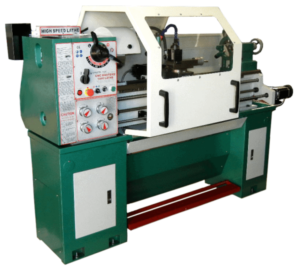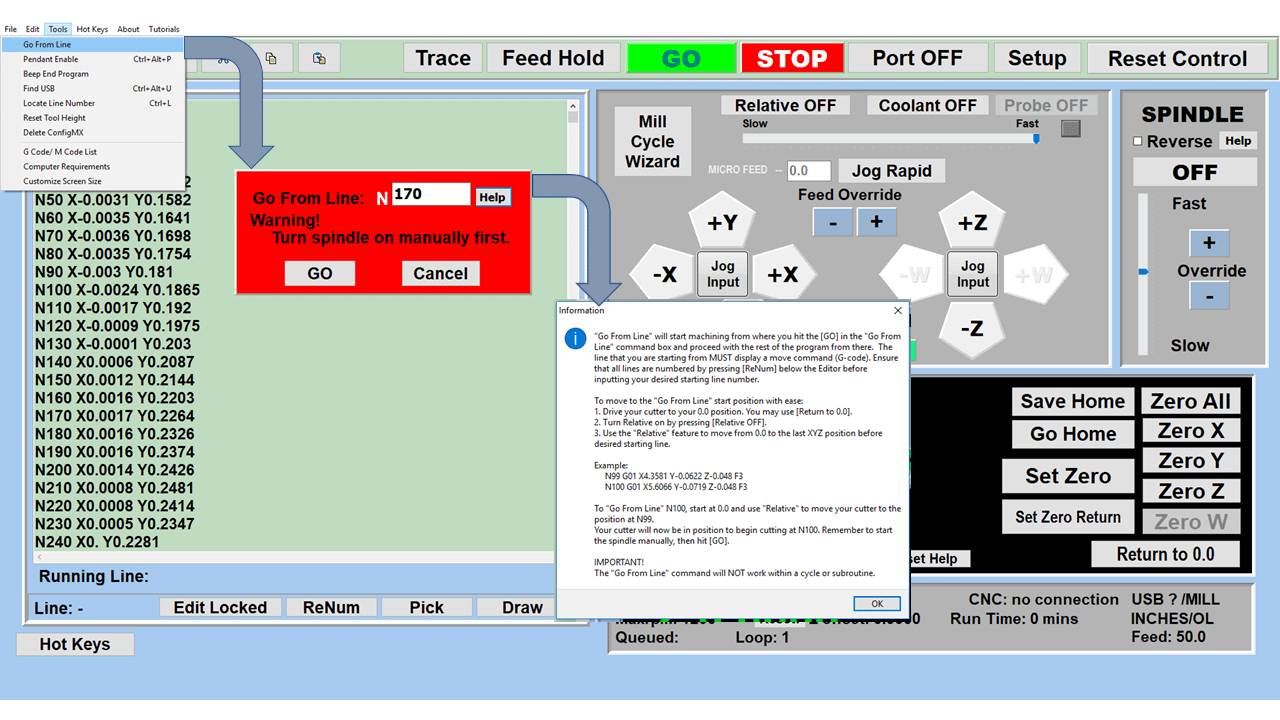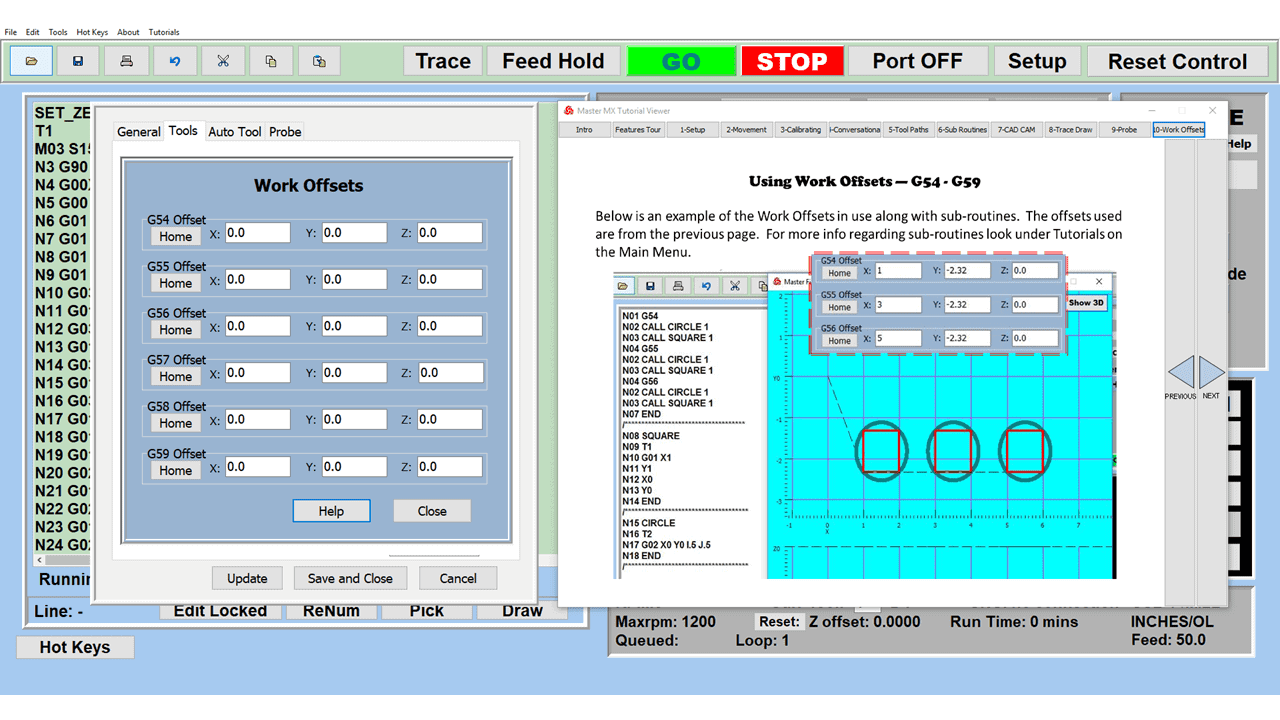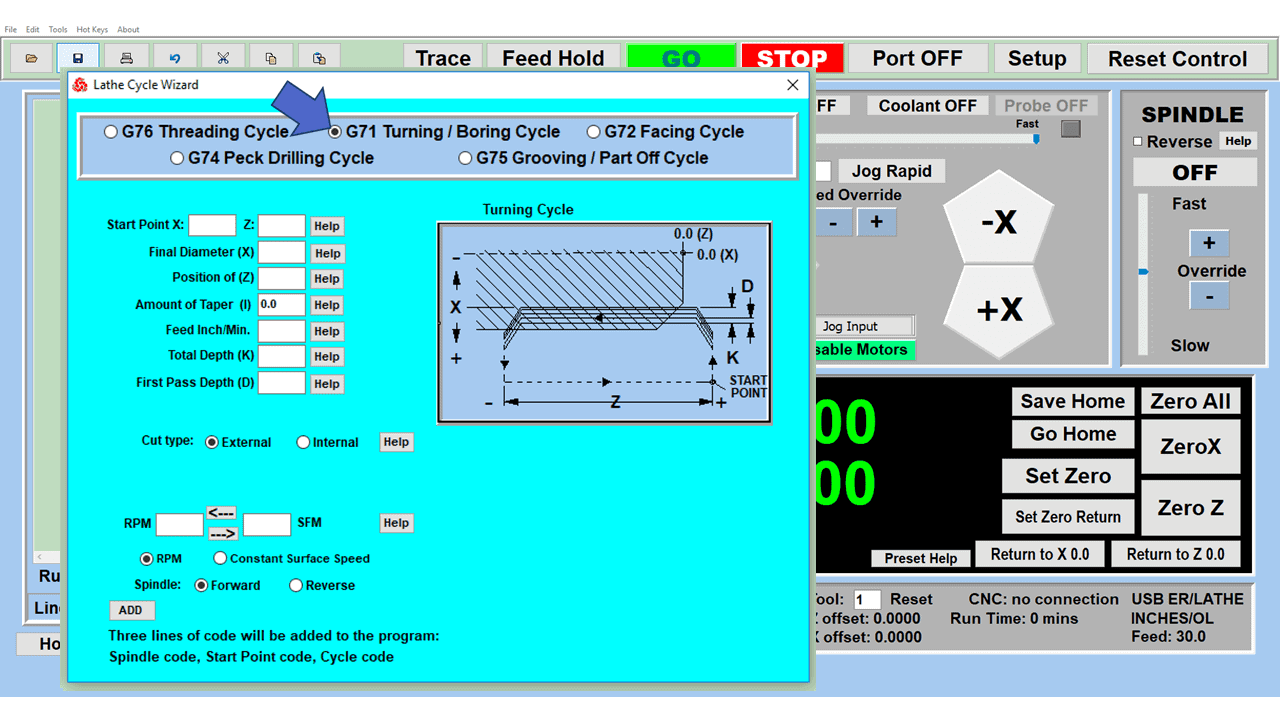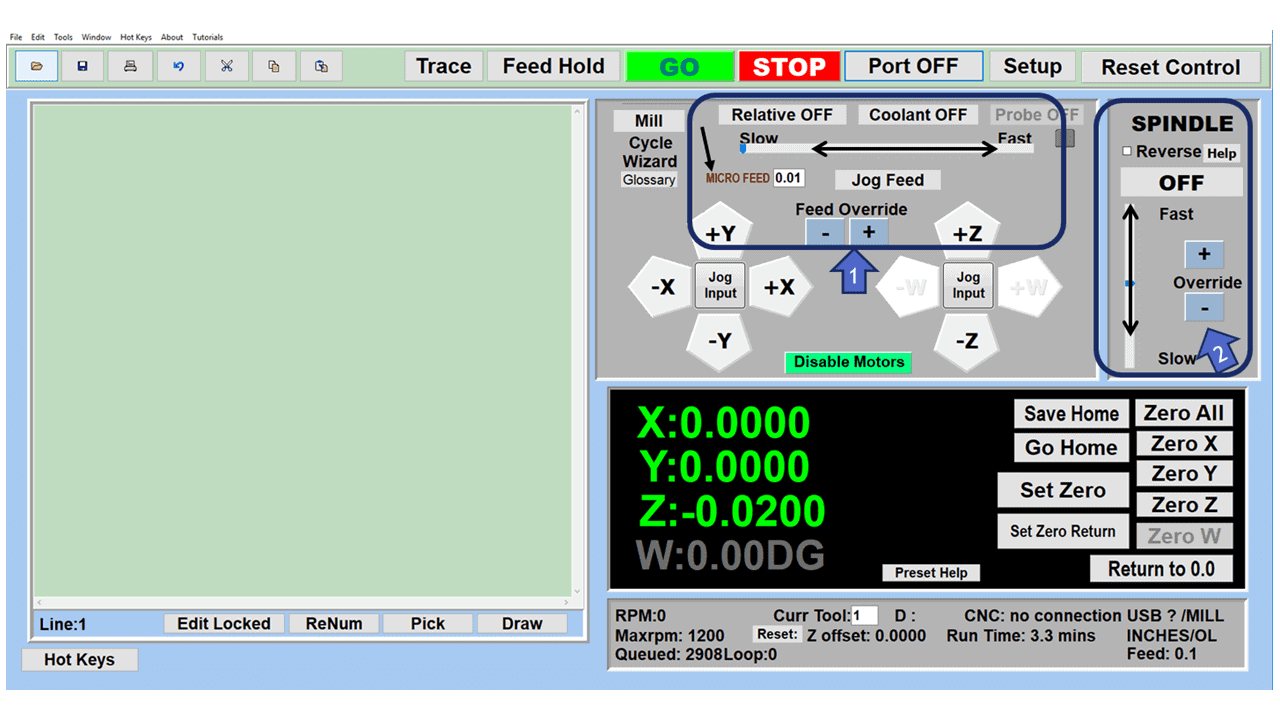Jewelry making and watch repair is an intricate business that requires precision and extreme attention to detail. At the heart of this craftsmanship lies a machine tool that has been pivotal in shaping, turning, and crafting delicate pieces: the jewelers lathe. These machines, though small, are a significant part of modern jewelry making. Let’s dive into what they are and what features and benefits they offer.
Understanding the Lathe Machine
A lathe is a machine tool that rotates a workpiece around an axis to perform various operations such as cutting, sanding, knurling, drilling, or deformation. The primary purpose of any lathe is to produce symmetrical objects about a central axis. While there are many types of lathes, such as the wood lathe, metal lathe, and mini lathe, the jewelers lathe, often referred to as a watchmaker’s lathe, is designed explicitly for intricate work on small pieces.

What types of jewelry can a lathe make?
A jewelers lathe is instrumental in crafting countless jewelry pieces. This machine tool is pivotal in creating and refining rings, aiding in shaping bands, setting stones, and engraving intricate patterns. It can craft all of the following and more:
- Earrings, whether studs, hoops, or dangles, benefit from the lathe’s ability to shape, size, and polish.
- Necklaces and pendants see their form and elegance enhanced, with the lathe assisting in shaping pendants, engraving details, and crafting the bails that attach them to chains.
- Bracelets, bangles, and even the charms that adorn them are shaped and sized to perfection.
- Brooches, pins, and the mechanisms that make them functional are crafted with precision, as are the bodies and mechanisms of cufflinks.
- Even tie clips, bars, and various jewelry components like clasps, jump rings, and connectors can be meticulously crafted or refined using a jeweler’s lathe.
Jewelers Lathe vs. Watchmakers Lathe: Is There a Difference?
What is a jewelers lathe used for?
A jeweler’s lathe is primarily used in jewelry making. It assists in crafting intricate designs, shaping gemstones, and creating high-quality jewelry pieces. With its precision, jewelers can achieve detailed work on metals and other materials, ensuring that each piece stands out with its unique design.
What is a watchmakers lathe used for?
On the other hand, a watchmakers lathe is tailored for watch repair and clock repair. It’s a mini lathe designed to handle the tiny parts found in watches and clocks. With tools like the graver and the collet, watchmakers can perform tasks like threading, turning, and milling with utmost precision.
What is the best lathe for clock making?
A turning lathe that offers variable speed and comes with a range of lathe tools is ideal for clock making. Brands like Bergeon, Levin, and Lorch are renowned for producing high-quality lathes suitable for clockmakers.
What is the difference between a watchmakers lathe and a jewelers lathe?
While both lathes are designed for precision work, the primary difference lies in their application. A jewelers lathe is more versatile and suitable for jewelry-making tasks. In contrast, a watchmakers lathe is specialized for working on the minute components of watches and clocks.
Key Components of the Jewelers Lathe
A jewelers lathe is designed for the intricate and delicate work required in jewelry making and watch repair. While the fundamental principle of a lathe—rotating a workpiece around an axis for various operations—remains consistent across different types of lathes, there are certain features and specifications unique to a jeweler’s lathe:
- Headstock: This is the stationary end of the lathe, housing the main spindle and often driven by a motor. The headstock ensures the workpiece is held securely and rotates at a consistent speed.
- Collets: While other lathes use chucks to hold workpieces, jeweler’s lathes primarily use collets. Collets provide a more accurate centering of small workpieces and can grip them without causing damage.
- Tailstock: Positioned opposite the headstock, the tailstock supports the other end of the workpiece, especially during operations like drilling.
- Tool Post: This holds the tools, like the graver or turning tool, in place, allowing them to interact with the workpiece.
- Lathe Chuck: This component holds the workpiece securely. There are different types, including the 3-jaw chuck and the drill chuck.
- Mandrel: A shaft or spindle to which the workpiece can be attached.
Lathe Features to Look For
- Variable Speed: A variable speed feature allows the machinist to adjust the rotation speed of the workpiece, ensuring optimal results for different tasks.
- High-Quality Design: Given the precision required in jewelry making and watch repair, investing in a high-quality lathe is essential. Vintage lathes from brands like Boley, often found on eBay, are known for their durability and precision.
- Specialized Attachments: Jeweler’s lathes can come with or accommodate a range of specialized attachments tailored for jewelry-making or watch repair, such as gravers, burnishers, or specific polishing tools.
- Machine Tools: Ensure the lathe has machine tools, including carbide tools, shanks, and microscopes for detailed work.
- CNC Machine Integration: Modern lathes come with CNC (Computer Numerical Control) capabilities, allowing for automated and exact operations. The CNC machines let you craft jewelry with precision and speed.
- Benchtop or Bench Lathe: These compact small lathes can be placed on a bench, making them suitable for DIY enthusiasts and small workshops.
For seasoned jewelers, clockmakers, or budding enthusiasts in metalworking and woodworking, grasping the nuances of the jeweler’s lathe is essential. This tool embodies human innovation, enabling us to create detailed works that are not only functional but also with art and skill. If you’re thinking of investing in a machine, prioritize its build quality, the diversity of its tools, and its adaptability to contemporary technologies like CNC machines.

